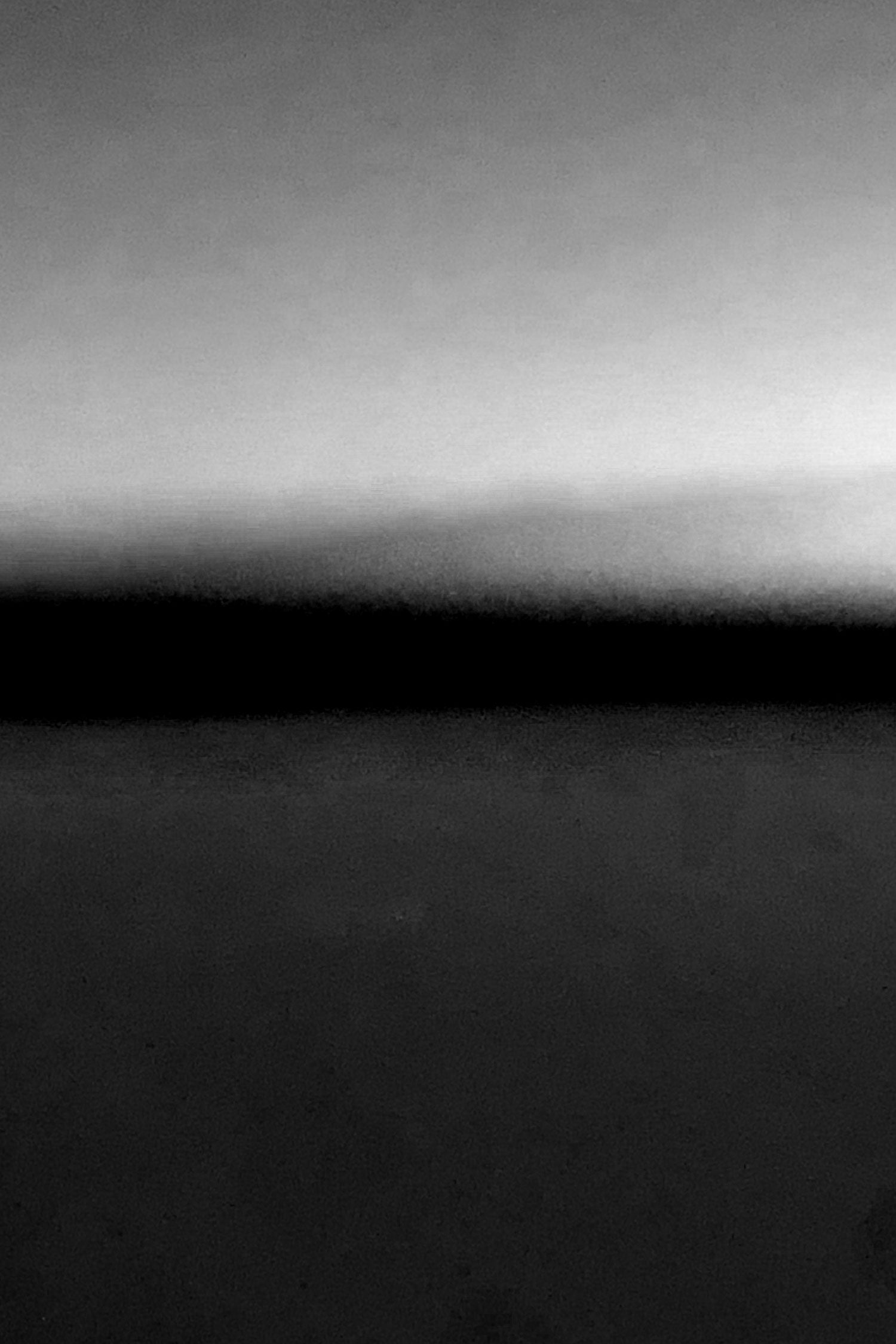Half of all women have thinning hair
Thinning can start as early as puberty or later around age 40, with reasons for every age in between. If the condition runs in your family and you’ve noticed your hair looking thinner than a few years ago, you may have the beginning stages of female pattern hair loss (androgenic alopecia). It's important to arm yourself with the necessary knowledge so you know what to expect — and how to slow the process down.
Genetics Dictate Your Hair
Each hair on your head has stem cells with DNA specific instructions for how your hair will be. Like a road map of what’s to come! Growth pattern, color, thickness, and cycle are all genetically determined. With female pattern hair loss, new hair comes in shorter and miniaturized over time — making hair look thinner overall.
Mars vs. Venus in hair loss

Male Pattern Hair Loss[/caption] Male pattern hair loss typically starts with a thinning hairline that recedes in an M-shape and eventually a "U-shape." But with female pattern hair loss, the hairline is rarely affected. Instead, you may first notice that your part looks wider than before,

Female Pattern Hair Loss[/caption] which is caused by hair thinning at the top of the scalp. In some cases, thinning can also start near the temple ridge and sides. With aging closer to menopause, estrogen levels drop and the adrenal gland starts to pump out more male hormones. One androgen, dihydrotestosterone (DHT), shortens the hair growth cycle. And with all thinning, the hair is dryer, fragile, and less shiny.. so where is that Fountain of Youth, again? Hair Loss Due to Iron Deficiency?
Finding your healthy hair path
Eating a healthy, low inflammation diet with good fats and few simple carbohydrates with nourish hair and keep hormones in balance. Protecting your locks from sun damage, harsh chemicals, and heat-styling techniques will also help maintain the strands you already have and can help prevent further loss in the future.




